The Intel Xeon W-3175X Review: 28 Unlocked Cores, $2999
by Ian Cutress on January 30, 2019 9:00 AM ESTIntel’s Prebuilt Test System: A $7000 Build
How we receive test units for review has varied greatly over the years. The company providing the review sample has a range of choices and hands-on solutions.
For a regular run of the mill launch, such as Kaby Lake/Coffee Lake/Coffee Lake gen 2, which are second generation launches on the same mature platform as the last generation, we get just the CPU and a set of ‘expected test result notes’ to help guide our testing. The reviewers are expected to know how to use everything and the vendor has confidence in the reviewers analysis. This method allows for the widest range of sampling and the least work at the vendor level, although relies on the journalist to have the relevant contacts with motherboard and memory companies as well as the ability to apply firmware updates as needed.
For important new launches, such as Ryzen and AM4, or Threadripper and TR4, or Skylake-X and X299, the vendor supplied the CPU(s), a motherboard, a memory kit, and a suitable CPU cooler. Sometimes there’s a bit of paper from the FAE tester that confirmed the set worked together over some basic stress tests, but it puts less work in the hands of the reviewer knowing that none of the kit should be dead on arrival and it should at least get to the OS without issue.
For unique launches, where only a few samples are being distributed, or there is limited mix-and-match support ready for day one, the option is the full system sample. This means case, motherboard, CPU, CPU cooler, memory, power supply, graphics card, and storage are all shipped as one, sometimes directly from a system integrator partner, but with the idea that the system has been pre-built, pre-tested, and ready to go. This should give the reviewer the least amount of work to do (in practice it’s usually it’s the opposite), but it puts a lot of emphasis on the vendor to plan ahead, and limits the scope of sampling. It also the most expensive for the vendor to implement, but usually the tradeoff is perceived as worth it.
Usually we deal with options one or two for every modern platform to date. Option three is only ever taken if the CPU vendor aims to sell the processor to OEMs and system integrators (SI) only. This is what Intel has done with the Xeon W-3175X, however they built the systems internally rather than outsourcing. After dispatch from the US to the UK, via the Netherlands, an 80 lb (36 kg) box arrived on my doorstep.
This box was huge. I mean, I know the motherboard is huge, I’ve seen it in the flesh several times, but Intel also went and super-sized the system too. This box was 33 inches tall (84 cm), and inside that was a set of polystyrene spacers for the actual box for the case, which again also had polystyrene spacers. Double spacey.
Apologies for taking these photos in my kitchen – it is literally the only room in my flat in which I had enough space to unbox this thing. Summer wanted to help, and got quite vocal.
The case being used is the Anidees AI Crystal XL AR, listed on the company’s website as ‘all the space you need for your large and heavy loaded components’, including support for HPTX, XL-ATX, E-ATX, and EEB sized motherboards, along with a 480mm radiator on top and a 360mm radiator on front, and comes with five 120mm RGB fans as standard. It’s a beast, surrounded with 5mm tempered glass on every side that needs it.
The case IO has a fan control switch (didn’t work), two audio jacks, an LED power button, a smaller LED reset button, two USB 3.0 Type-A ports, and two USB 2.0 Type-A ports. These were flush against the design making for a very straight edged design.
This picture might show you how tall it is. Someone at Intel didn’t install the rear IO plate leaving an air gap, but actually the system airflow was designed for the rear of the chassis to be the intake and the front of the chassis to be the exhaust. There are 10 PCIe slot gaps here, along with two vertical ones for users that want to mount in that way. There is sufficient ‘case bezel’ on all sides, unlike some smaller cases that minimize this.
Users may note the power supply has an odd connector. This is a C19 connecter usually used for high-wattage power supplies, and strapped to the box Intel had supplied a power cable.
This bad boy is thick. Ignoring the fact that this is a US cable and the earth pin is huge to the extent that it would only fit in one of my adaptors and even nudging the cable caused the machine to restart so I had to buy a UK cable that worked great, this unit is designed for the low voltage US market it seems. It has to be able to deliver up to 13A of current on a 120V line, or potentially more, so is built as such. With this it is obviously recommended that no socket extenders are used and this goes directly into the wall.
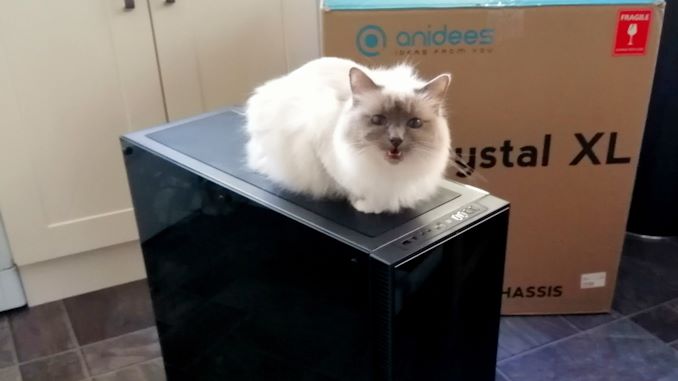
About to take the side panels off. This little one wants to play.
Both of the tempered glass side panels are held on by nine thumb screws each, which sit on rubber stands on the inside of the case. Unscrewing these was easy enough to do, however it’s one of the slowest ways to open a case I’ve ever come across.
Now inside the system at hand. The LGA3647 socket holds the Xeon W-3175X processor, which is capped with an Asetek 690LX-PN liquid cooler specifically designed for the workstation market. This goes to a 360mm liquid cooling radiator, paired with three high power (I’m pretty sure they’re Delta) fans that sound like a jet engine above 55ºC.
Intel half populated the memory with 8GB Samsung DDR-2666 RDIMMs, making for a total of 48 GB of memory, which is likely going to be the lowest configuration one of these CPUs will ever be paired with. The graphics card is a GIGABYTE GTX 1080, specifically the GV-N1080TTOC-8GD, which requires one 8-pin power connector.
For the motherboard, the ASUS Dominus Extreme, we’ve detailed it in previous coverage, however it’s worth to note that the big thing at the top of this motherboard is actually the heatsink for the 32-phase VRM. It’s a beast. Here is an ASUS build using this motherboard with a liquid cooler on the CPU and VRM:
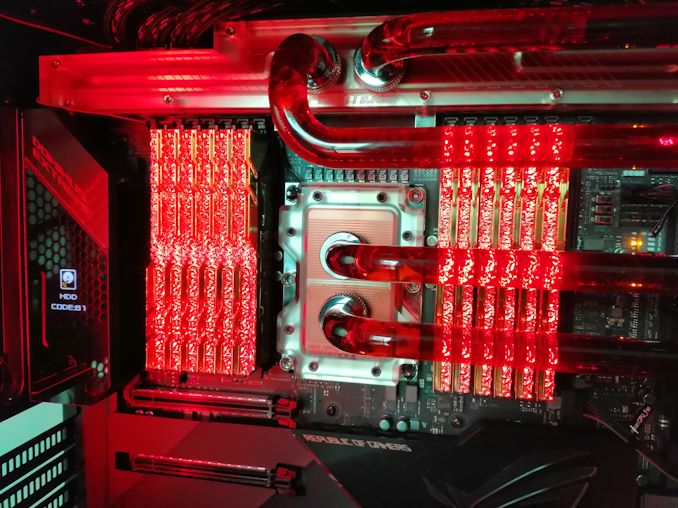
The build at ASUS’ suite at CES 2019
There’s a little OLED display to the left, which as a full color display useful for showing BIOS codes and CPU temperatures when in Windows. When the system is off, it goes through a short 15 second cycle with the logo:
I’m pretty sure users can put their own gifs (perhaps within some limits) on the display during usual run time using ASUS software.
The rear of the case is quite neat, showing part of the back of the motherboard and the fan controller. At the bottom we have an EVGA 1600W T2 80PLUS Titanium power supply, which is appropriate for this build. Unfortunately Intel only supplied the cables that they actually used with the system, making it difficult to expand to multiple GPUs, which is what a system like this would ultimately end up with.
For storage, Intel provided an Optane 905P 480GB U.2 drive, which unfortunately had so many issues with the default OS installation (and then failing my own OS installation) that I had to remove it and debug it another day. Instead I put in my own Crucial MX200 1TB SATA SSD which we normally use for CPU testing and installed the OS directly on that. ASUS has a feature in the BIOS that will automatically push a software install to initiate driver updates without the need for a driver DVD – this ended up being very helpful.
Overall, the system cost is probably on the order of $7000:
| Intel Reference System | ||
| Item | List Price | |
| CPU | Intel Xeon W-3175X | $2999 |
| CPU Cooler | Asetek 690LX-PN | $260 |
| Motherboard | ASUS Dominus Extreme | $1500 ? |
| Memory | 6 x 8GB Samsung DDR4-2666 RDIMM | $420 |
| Storage | Intel Optane 905P 480 GB U.2 | $552 |
| Video Card | GIGABYTE GTX 1080 OC 8GB | $550 |
| Chassis | Anidees AI Crystal XL AR | $300 |
| Power Supply | EVGA 1600W T2 Titanium | $357 |
| Total | $6938 | |
However, this is with a minimum amount of memory, only one GTX 1080, and a mid-sized U.2 drive. If we add in liquid cooling, a pair of RTX 2080 Ti graphics cards, 12x16GB of DDR4, and some proper storage, the price could easily creep over $10k-$12k, then add on the system builder additions. The version of this system we saw at the Digital Storm booth at CES, the Corsa, was around $20k.



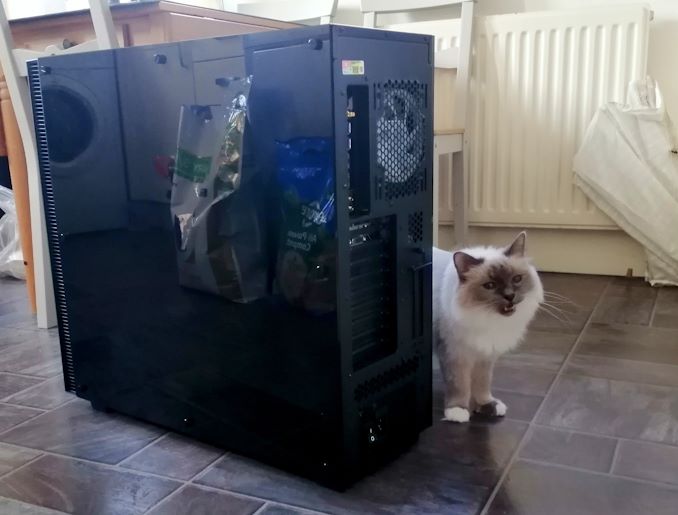
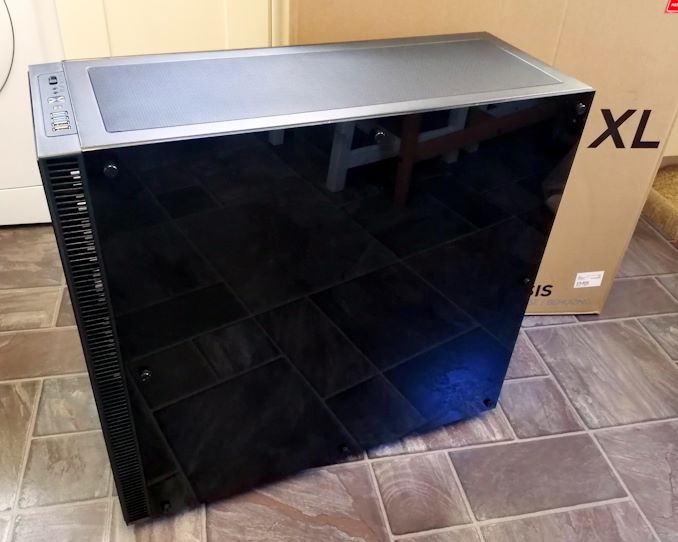
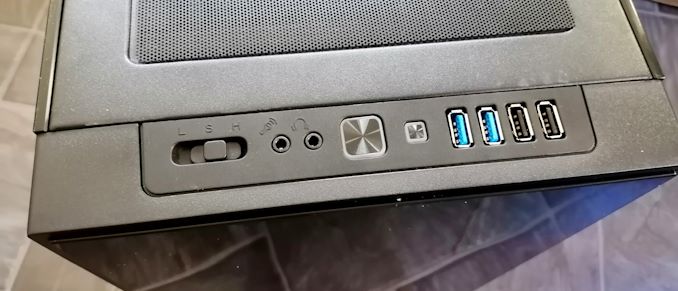
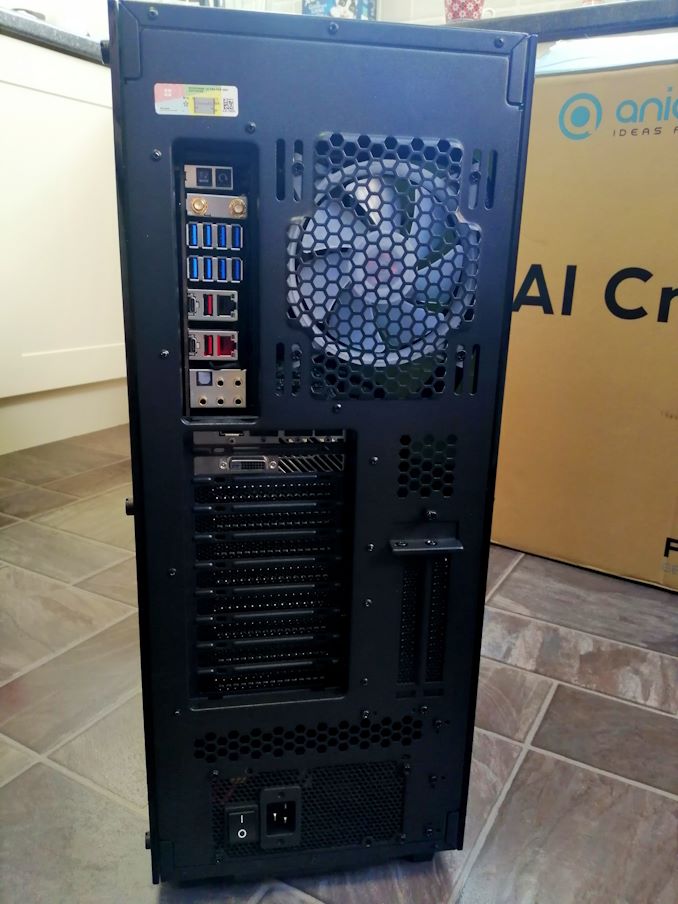
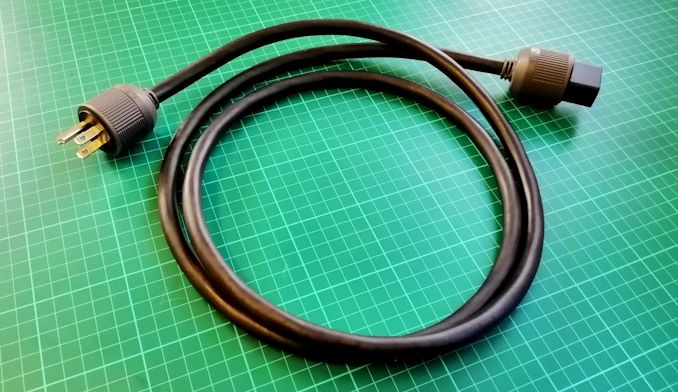
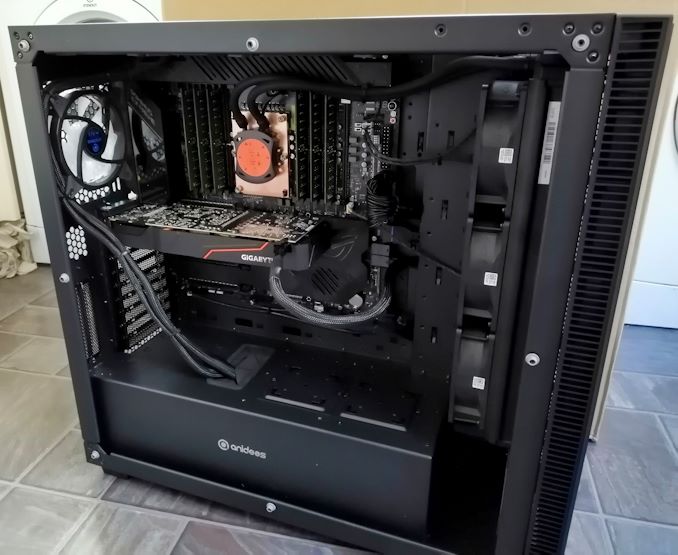
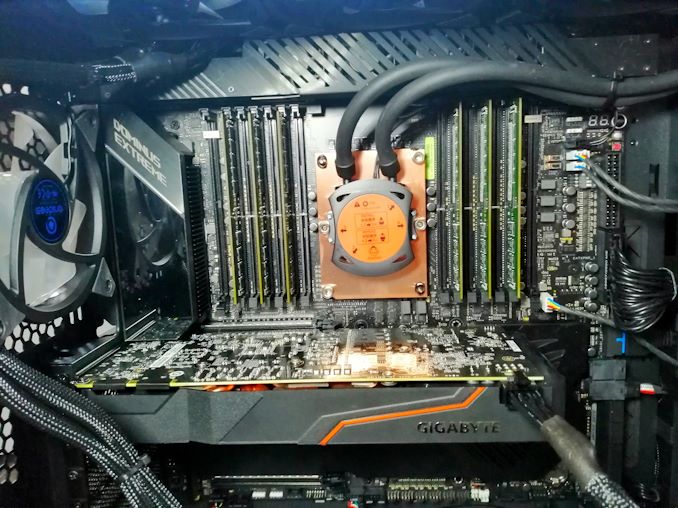

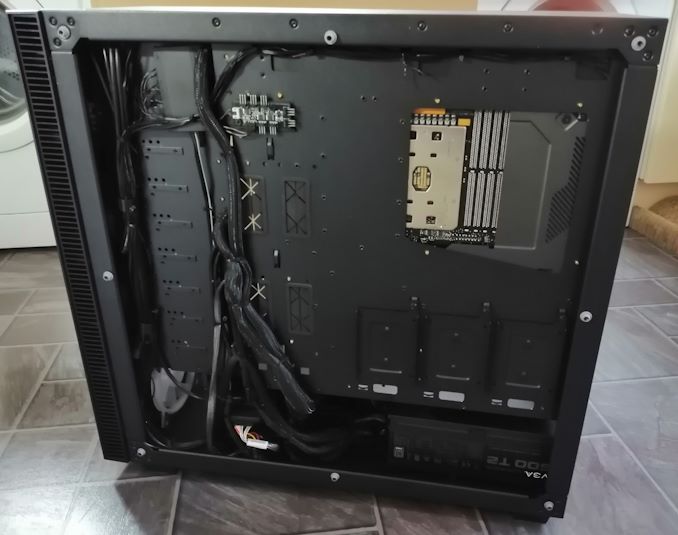
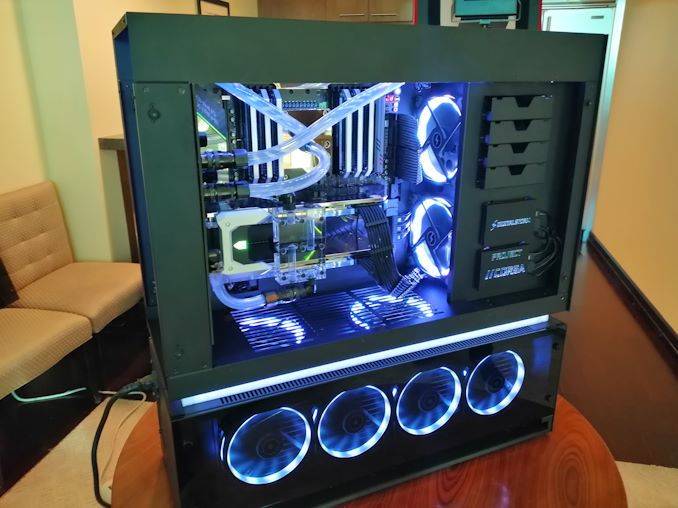








136 Comments
View All Comments
silverblue - Thursday, January 31, 2019 - link
Future bought the bulk of Purch not too long ago, but if it's same old same old, then I agree.Cooe - Wednesday, January 30, 2019 - link
Until these benches are all repeated in Linux all of these results are wortheless. Nobody would buy these CPU's for a Windows machine, and the 2990WX is totally borked by running in Windows as well.WasHopingForAnHonestReview - Wednesday, January 30, 2019 - link
True but the 2990WX is 1300$ cheaper and gives roughly the same performance. No one is going to buy this intel chip unless they have money to burn.maroon1 - Wednesday, January 30, 2019 - link
Same performance ?! Did you look a the benchmarks ?! w-3175x is cleary winning in majority of benchmarks (and some benchmarks should big advantage for w-3175x)I agree about price, but performance is not same
MattZN - Wednesday, January 30, 2019 - link
It depends on what precise application(s) you are running. But yes, the performance is about the same. Those benchmarks are pretty broken for a host of reasons... windows scheduler nonwithstanding, looking at a bunch of benchmarks doesn't really tell you a whole lot about how a machine will work in your actual environment.All that matters is whether the machine's performance affects your workflow in a noticeable way or not. Nobody is going to justify buying something like this if all they get out of it is a 15 minute faster encoding on a 2-hour job. Imagine that! Let alone a few seconds here and there, or a slightly slower or faster frame rate. For longer jobs you'll notice if something takes half the time. You won't notice if something is 20% slower or 20% faster. You just won't.
Many video encoding workloads are GPU accelerated, for example. Many are run as overnight batches, for example. If you go through all the benchmarks in this article, almost none of them are even remotely relevant to actual use cases. The Blender one maybe, Handbrake, and Adobe Premier and that's just about it. And surprise, surprise, the TR2950X or TR2990WX actually wins some of those.
For example, does anyone actually care how fast 7-zip runs? I sure as heck don't! I zip something up, it's well neigh instantaneous on just about any machine. Encryption? Nobody cares, it isn't a use case that anyone will notice. Office applications like spreadsheets? Come on... that's ridiculous. A 2-core mobile CPU can update a spreadsheet just as fast as one of these behemoths.
-Matt
GreenReaper - Thursday, January 31, 2019 - link
It does kinda matter for server-level ctivities. Say you have a SQL dump that you want to backup without using too much transfer. You can't run nightly backups until it's done. Even compressed it's 4GB. I use xz but it's essentially the same as 7-zip. More threads and faster threads can make a significant difference in run time, and in turn this impacts when you can backup or how much data you can handle on the system.I think you may be mistaken about the 20% difference if it effectively means you have to pay 20% more people. The question, as always, is is the price and other costs associated worth the improvement.
FMinus - Friday, February 1, 2019 - link
Why would you do any of that on this chip that sucks 600W, for all of your listed task a dedicated server chip would be better, you run them in batches over night as said, so the speed really does not matter at that point.This chip here is intended as a workstation work horse, and yes, with the price of the single chip and the expensive motherboards (which we still don't know if they will be available to the end-user directly) makes this an quite pointless platform, except if you are running Adobe Premiere 24/7.
For everything else you are better of with the cheaper AMD and Intel solutions, and you can get multiple systems of those for the price of one of these 3175X systems, split the work load or make them work together and they deliver faster results.
tamalero - Friday, February 1, 2019 - link
Not everyone has access to full blown server rendering farms. A lot of remote workers or freelancers would render with this "behemoth". Not everyone can blow 10,000 USD to have a bunch of EPYC servers just standing by.Still.. This thing doesnt seem THAT good compared to AMD's (both price, performance and power usage) to justify it.
only the AVX512 benches I guess.
But then.. Zen2 is supposed to double the output of AVX if I remember correctly.
WasHopingForAnHonestReview - Thursday, January 31, 2019 - link
7zip and some specific renders... The time saving isnt much. Its not even close to make this a worthwhile buy. When you take into account the windows scheduler bug fix coming... The amd TR for $1300 is still the obvious winner.eddman - Wednesday, January 30, 2019 - link
"No one is going to buy this intel chip unless they have money to burn."So it's not "No one" then.
I suppose 3D modeling and rendering studios or individuals that have lots of customers will probably be quite ok with buying these. That price is nothing compared to their income. They probably care more about reducing rendering time than saving a few thousand dollars, which they can recoup in probably a week or two.